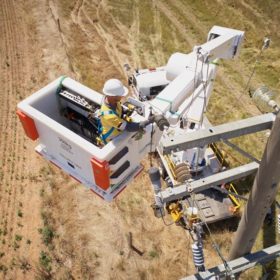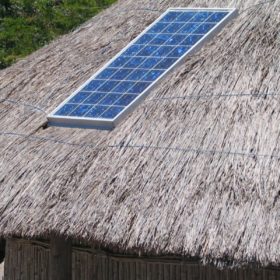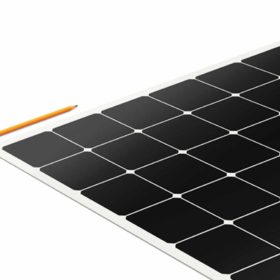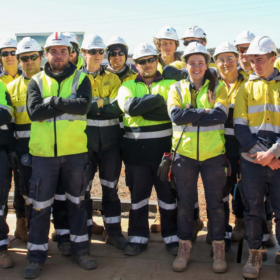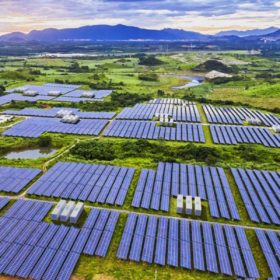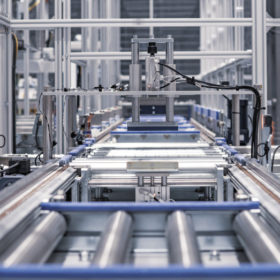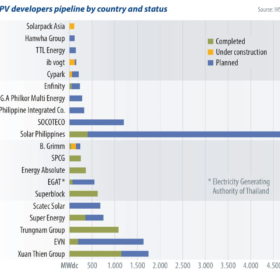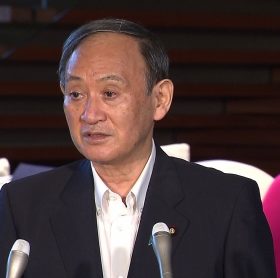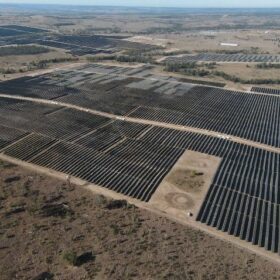Spark welcomes takeover talks as buyout bid reaches $5.2 billion
Australian electricity network owner Spark Infrastructure looks set to be sold off after it declared it will welcome other acquisition proposals if a $5.2 billion takeover bid launched by a North American investment consortium fails.
Solar manufacturers warn of 12-18 months disruption for standalone products
Potential price rises of 14% for the solar home systems that are driving access to electricity in the world’s under-served regions could signal further arrested progress towards the UN goal of universal access by 2030.
‘Stick-on’ solar panels in France secure EU funding
The TotalEnergies-controlled solar manufacturer will secure an, as yet undetermined chunk of a new €118.6 million low-carbon innovation fund to start producing its frameless, glass-free solar roofing products at Porcelette, in northeastern France.
Queensland approves $23 million renewable energy training facility
The Queensland government has approved a new “state-of-the-art” renewable energy skills centre in Brisbane, which will provide training to prospective and current electrical workers to enter clean energy industries.
How EnergyTag plans to revamp the renewable energy certificate market with hourly timestamps
EnergyTag is an independent, non-profit, industry-led initiative that aims to accelerate the shift to carbon-free energy by defining and building a market for time-stamped renewable energy certificates. Already, corporate giants like Google and Amazon are onboard via their participation in demonstration projects in Europe and the U.S. As part of the UP Initiative’s Q3 theme on sustainable electricity supply, founder Toby Ferenczi spoke to pv magazine about the idea behind EnergyTag and how he aims to revamp the electricity market.
Queensland energy survey reveals shifts in battery and EV embrace coupled with continued love of solar
Households with residential batteries have doubled in Queensland in the last two years, though cost remains a barrier – as it has with electric vehicles. As prices fall, however, the state is likely to welcome the technology with open arms, as it has with solar. 37% of Queensland households now harvest the sun’s energy and a further 22% looking to install or upgrade their systems, according to the government’s Queensland Household Energy Survey. Of those with solar systems, 93% would would replace their panels with the same size or larger, if they were to fail.
Sunday read: Europe’s gigafactory boom – 25 by ‘25
A gigafactory, as the name indicates, is a facility that aims to produce Li-ion cells at a gigawatt-hours scale of total capacity, so they can then be used in electric vehicles or stationary storage applications. The global production capacity of Li-ion cells is expected to reach 740 GWh by the end of 2021 – almost a threefold increase from 2017 – and Europe will account for 8% of the total. João Coelho, an analyst at Delta-EE, looks at how Europe plans to catch up.
Saturday read: Southeast Asia’s big PV plans – 27 GW by 2025
PV markets in Southeast Asia have picked up over the past two years, driven by the astounding growth of Vietnam. Regional policies, combined with growing demand for renewable power in the manufacturing industry, will result in 27 GW of new PV installations across the region over the next five years, writes IHS Markit analyst Dharmendra Kumar. PV installations in these countries are driven by attractive feed-in tariffs, net energy metering, tariff-based auction mechanisms, and other incentives.
Wind and solar PV penetration rises to record levels in NEM
The evolution of Australia’s electricity grid continues at pace with the nation’s newest large-scale wind and solar projects helping produce a string of renewable energy production records in the National Electricity Market.
Japan revises 2030 targets, plans to double renewables and cut fossil fuels
Japan’s Ministry of Economy, Trade and Industry has released a draft energy plan with ambitious revisions to the nation’s previous energy and emissions targets. The proposed plan will sees a doubling of renewables compared to the previous target, and significant cuts to coal and gas, much of which it buys from Australia. Meanwhile, Australian Resources Minister Keith Pitt reiterated the Coalition Government’s “Gas-Fired Recovery is the right policy for Australia.”
